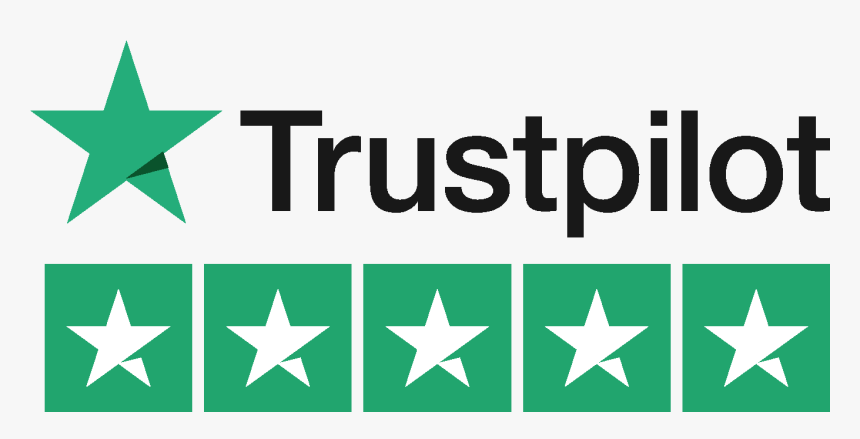Climbing Mount Kilimanjaro: Conquering the Roof of Africa
Climbing Mount Kilimanjaro is a dream shared by many adventurers worldwide. Standing tall at 5,895 meters (19,341 feet), it is Africa’s highest mountain and one of the “Seven Summits.” This article serves as a comprehensive guide, providing you with all the necessary information to undertake this challenging journey. From preparation to summiting strategies, we’ve got you covered!
Why Choose Kilimanjaro?
Before we delve into the nitty-gritty, let’s explore why climbing Mount Kilimanjaro is a bucket-list worthy endeavor:
Breathtaking Scenery: Kilimanjaro is surrounded by lush rainforests, alpine meadows, and awe-inspiring glaciers, offering picturesque views throughout your expedition.
Personal Achievement: Scaling the Roof of Africa instills a sense of accomplishment and pride, making it a life-changing experience.
Rich Cultural Experience: The local Chagga people add a unique cultural dimension to the climb, sharing their traditions and warm hospitality.
No Technical Climbing Required: Unlike other high peaks, Kilimanjaro doesn’t demand mountaineering skills, making it accessible to adventurers of various experience levels.
Now, let’s proceed with a detailed outline that covers every aspect of climbing Mount Kilimanjaro.
Preparing for the Ascent
Physical Fitness and Mental Preparedness: Climbing Kilimanjaro requires good physical fitness and mental resilience. Engaging in regular cardio and strength exercises is crucial in preparing for the climb.
Essential Gear and Equipment: Proper gear is essential for a safe and comfortable ascent. This includes clothing for various weather conditions, a sturdy backpack, trekking poles, and a reliable sleeping bag.
Acclimatization Strategies: Acclimatizing to the high altitude is vital to avoid altitude-related illnesses. Gradual ascent and rest days are built into the climbing itineraries to allow trekkers to adjust to the thinning air.
Best Time to Climb
Optimal Climbing Seasons: The best times to climb Kilimanjaro are during the dry seasons, which occur from January to February and June to October. These months offer clearer skies and less rainfall.
Weather and Climate Considerations: Climbers must be prepared for varying weather conditions as they ascend. The temperatures range from hot at the base to freezing at the summit, and rain and snow can occur at higher elevations.


Choosing the Right Route
Marangu Route – The “Coca-Cola” Route: Known as the easiest route, Marangu offers hut accommodations, making it popular among less experienced trekkers.
Machame Route – The “Whiskey” Route: This challenging route is favored for its stunning scenery and varied landscapes, attracting adventurous climbers.
Lemosho Route – The Scenic Wilderness Route: The Lemosho route is known for its remote and picturesque trail, providing trekkers with a sense of solitude in the wilderness.
Rongai Route – The Less Crowded Route: Rongai is less crowded and offers a unique perspective of the mountain from the northern side.
Northern Circuit Route – The Long and Scenic Route: The longest route with breathtaking panoramas, the Northern Circuit is preferred by trekkers seeking a more extended and less crowded journey.
Packing Your Backpack
Clothing and Layering System: Dressing in layers helps regulate body temperature during the climb. Proper clothing includes moisture-wicking base layers, insulating mid-layers, and a waterproof outer layer.
Sleeping Bag and Camping Gear: A high-quality sleeping bag suited for the temperatures at higher elevations is a must. Additionally, trekkers need camping essentials such as tents, sleeping pads, and cooking equipment.
Nutrition and Hydration: Maintaining a balanced diet and staying hydrated are vital during the climb. Trekkers must consume enough calories to sustain the physical exertion.
Safety Measures and Health Precautions
Acute Mountain Sickness (AMS): AMS is a common concern at high altitudes. Understanding its symptoms and knowing when to descend can prevent severe complications.
High Altitude Pulmonary Edema (HAPE): HAPE is a severe condition caused by fluid accumulation in the lungs. Recognizing the signs and seeking immediate medical attention is crucial.
High Altitude Cerebral Edema (HACE): HACE is a life-threatening condition resulting from brain swelling due to high altitude. Timely action is essential to save a climber’s life.
First Aid Kit and Medications: Climbers should carry a well-stocked first aid kit and any necessary medications, including those for pain relief and altitude sickness prevention.
Our Mount Kilimanjaro Packages
The Ascent: Day by Day
Daily Itinerary and Milestone Destinations: Climbers typically embark on a 6 to 8-day ascent, depending on the chosen route. Each day involves hiking to designated campsites or huts.
Challenges and Rewards on Each Day: Every day presents its own challenges, from steep ascents to breathtaking views. Trekkers should pace themselves to maintain energy throughout the journey.
Summit Day: Uhuru Peak
Mental and Physical Challenges: Summit day is the most demanding and rewarding part of the climb. Climbers start the final ascent in the dark, facing extreme cold and fatigue.
Sunrise at Stella Point: Reaching Stella Point just before sunrise is a common route to the summit. Witnessing the sunrise over the African plains is an unforgettable experience.
Reaching Uhuru Peak – The Summit of Africa: After hours of challenging trekking, trekkers stand at Uhuru Peak, the highest point in Africa. The sense of achievement is overwhelming.
Celebrating the Achievement
Commemorating the Ascent with Fellow Climbers: Climbers often celebrate their successful summit with newfound friends and climbing partners.
Enjoying the Spectacular Views: The summit rewards climbers with breathtaking vistas, making the arduous journey worth every step.
Environmental Conservation
Leave No Trace Principles: Climbers must follow the Leave No Trace principles, ensuring they leave the mountain environment as pristine as they found it.
Supporting Local Sustainable Tourism: Choosing ethical tour operators and supporting local communities contribute to sustainable tourism practices.
Climbing Mount Kilimanjaro is an extraordinary journey that offers breathtaking landscapes, physical challenges, and cultural experiences. By choosing the right route, preparing thoroughly, and taking safety precautions, you can make your dream of reaching Uhuru Peak a reality. Embrace this life-changing adventure and conquer the Roof of Africa!
Frequently Asked Questions (FAQs)
The best times to climb Kilimanjaro are during the dry seasons, from January to February and June to October, when the weather is more stable.
Climbing Kilimanjaro is challenging but feasible for individuals with good physical fitness and mental preparedness. Proper training and acclimatization are essential.
There are no strict age restrictions; however, climbers should be in good health and over the age of 10 to undertake the climb.
The overall success rate for summiting Kilimanjaro is around 65-75%, with the highest success rate on the longer routes like the Northern Circuit.
Climbing Kilimanjaro without a guide is not allowed. All climbers must be accompanied by certified guides for safety and environmental conservation reasons.
Proper acclimatization, hydration, and a gradual ascent can help reduce the risk of altitude sickness. If symptoms worsen, descending to lower elevations is necessary.
Our Reviews
Epic Africa Adventure on SafariBookings 50 reviews 
Epic Africa Adventure on Tripadvisor 16 reviews 
Epic Africa Adventure on Trustpilot 12 reviews 
Contact Details
- www.epicafricaadventure.com
- info@epicafricaadventure.com
- +255 754 886 341
- P.O.BOX 1288
- Arusha - Tanzania







